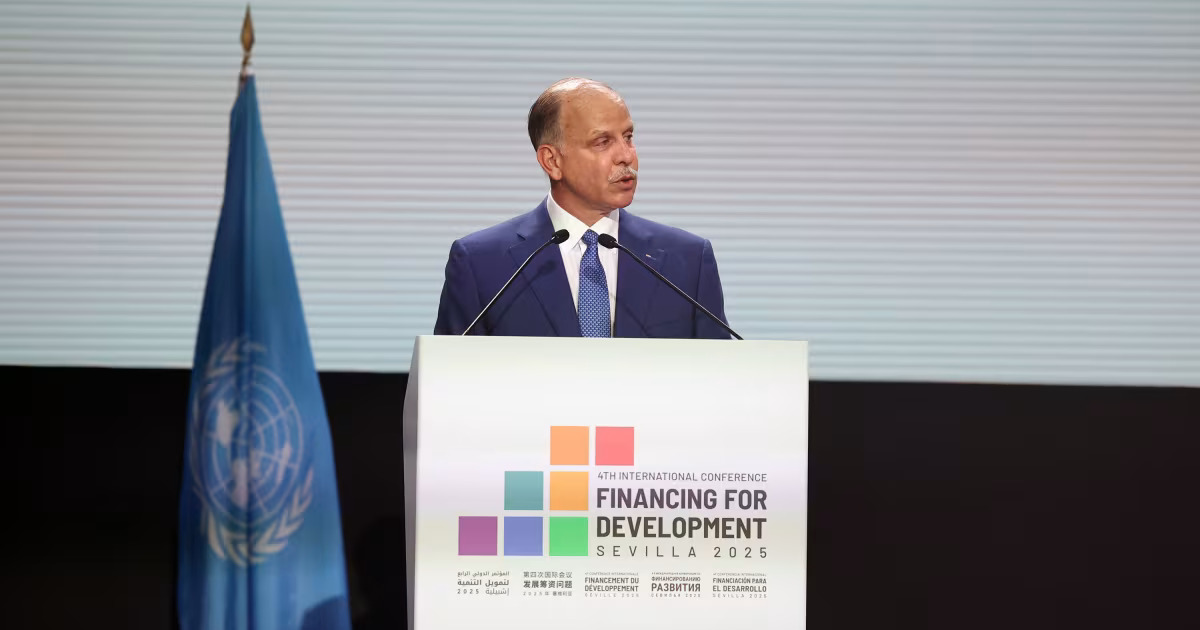[mkdf_dropcaps type=”normal” color=”#f55549″ background_color=””]A[/mkdf_dropcaps]
fter the sale of Tammy Abraham from Chelsea to Roma, there was a lot of talk about the current loan policy of the Premier League and whether the loan strategies and policies are changing.
Here is the basic understanding of a loan: a loan can involve a particular player or players that are farmed off and temporarily play for a club different from the one they are contracted to.
However, a new policy which involves scouting foreign youngsters and then promoting or selling them hasn’t proved to work.
Romelu Lukaku, Mohamed Salah and Kevin De Bruyne were amongst the player’s that haven’t been given a chance to play in the first team.
In terms of loans and raising profits with the number of players Chelsea sold over the summer, the vast majority are English players who came through the academy.
Chelsea players who come through the academy have benefitted the most from the loan system.
This strategy has given players like Mason Mount, Reece James and Tammy Abraham a chance to prove themselves elsewhere before returning to the first team.
Meanwhile, players Abdul Baba Rahman, Tiemoue Bakayoko, Michy Batshuayi and others, are amongst the player’s still training at Cobham with no first-game insight.
FIFA introduced new legislation 18 months ago to limit the number of loans a club can have.
Clubs are limited to eight players over the age of 22 who can go out on loan and then go down to six for the start of next season.
However, the likes of Chelsea and Manchester City tend to hoard 18-21 years old’s before trimming them down to keep the best and farming the others out.
Chelsea currently has ten players out on loan; arguably, only five players (Henry Lawrence, Ian Maatseen, Conor Gallagher, Billy Gilmore and Armando Broja) are getting a valuable first-team experience.
Reports say Chelsea’s loan Batshuayi has just signed a new deal and will now go to Besiktas on loan.
At the age of 27, it is hard to imagine he will be featured regularly in the first team along with a few others who will suffer the same fate.
For Chelsea, the pandemic has hurt the market for a lot of their players, giving the sense of what could have been without the likes of COVID-19.
In saying that, there is nothing wrong with having more players than you need as injuries are prominent and relying on a team of just 20-25 is not ideal and sending academy players who are too good for youth football out on loan wouldn’t be a bad idea.
Currently, Ruben Loftus-Cheek and Tino Anjorin (both under 25) can now fight for a place in the first team or take one more loan before Chelsea makes the final decision.
This summer Marc Guehi, Tino Livramento and Lewis Bate, amongst others, were amongst this repeated process as they have gotten older.
Chelsea can still make money off these players as they have the option to do so in the future due to sell-on clauses.
At just 21, Guehi is the oldest player to leave the club of academy players, of those who were not previous first-team players, and represents a great return and shows the way forward.
Typically, in a fantasy world, a basic blueprint of what a loan strategy should look like is: A player above 22 years old who isn’t ready for the first-team team yet- be that of academy products or signed from abroad, should be given 12-24 months out on loan.
At the end of that period, it should be clear whether they are ready for the first team or not.
If yes, they should be promoted; if not, sell them and include either a percentage of a future transfer or a buy-back option that will give the player’s new team a profit.
This example is something that has been done with Jeremie Boga.
Chelsea understands what they need and have to do to have a better development system for the benefit of the club in the future.
With the start of the English Premiership, it’s time to see the changes that have been made concerning FIFA guidelines.







